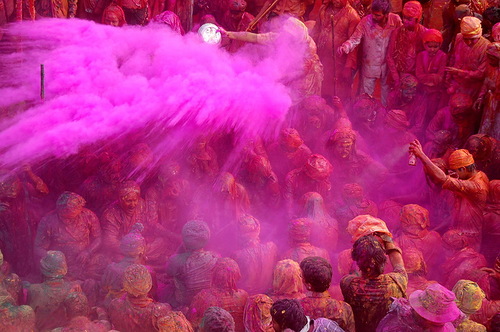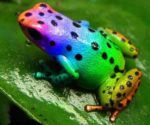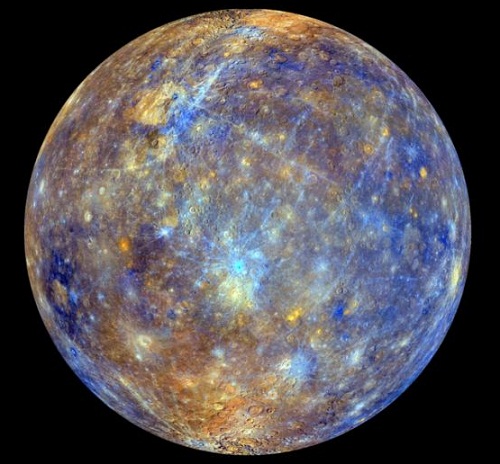Colors we use
Colors we use
People use different colors to describe different moods, according to research published in the journal BMC Medical Research Methodology. The research proved that Colors we use to describe emotions may be more useful than previously thought. In particular, the study found that people with depression or anxiety were more likely to associate their mood with the gray color. However, happier people preferred yellow. The results could help doctors gauge the moods of children and other patients who have trouble communicating verbally.
“This is a way of measuring anxiety and depression which gets away from the use of language,” study co-author and gastroenterologist Peter Whorwell of University Hospital South Manchester told LiveScience. “What is very interesting is that this might actually be a better way of capturing the patient’s mood than questions.”
Colors are often used as metaphors for moods, but no one had systematically researched color associations, Whorwell said. To investigate, he and his colleagues picked eight colors — red, orange, green, purple, blue, yellow, pink and brown — and split each into four shades. They then added white, black and four shades of gray for a total of 38 options. After meeting with focus groups, the researchers decided to display the colors in the form of a wheel.
Next, they recruited 105 healthy adults, 110 anxious adults and 108 depressed adults and mailed them printouts of the color wheel. Each person was asked to pick their favorite color, as well as the color they were most “drawn to.” Finally, they were asked to pick a color that described their day-to-day mood over the last several months. Another group of 204 healthy volunteers classified each color as positive, negative or neutral.
Whether depressed, anxious or healthy, people liked blue and yellow. Blue 28 on the color wheel was the most popular favorite color among healthy people, while Blue 27 (which is a little darker than 28) got first place among people with anxiety and depression. Meanwhile, Yellow 14 was picked as the color most likely to catch the eye.
But when it came to mood, the groups diverged. Only 39 percent of healthy people associated their mood with a color at all. Of those who did, Yellow 14 was the most popular choice, with about 20 percent of the votes. Meanwhile, about 30 percent of people with anxiety picked a shade of gray, as did more than half of depressed volunteers. In comparison, healthy volunteers described their mood with a shade of gray only about 10 percent of the time. The researchers also found that when assigning a mood to colors, saturation matters. “A light blue is not associated with a poor mood, but a dark blue is,” Whorwell said. “The shade of color is more important than the color itself.”
Color Symbolism
Red: Excitement, energy, passion, love, desire, speed, strength, power, heat, aggression, danger, fire, blood, war, violence, all things intense and passionate.
Pink symbolizes love and romance, caring, tenderness, acceptance and calm.
Beige and ivory symbolize unification. Ivory symbolizes quiet and pleasantness. Beige symbolizes calm and simplicity.
Yellow signifies joy, happiness, betrayal, optimism, idealism, imagination, hope, sunshine, summer, gold, philosophy, dishonesty, cowardice, jealousy, covetousness, deceit, illness, hazard and friendship.
Blue: Peace, tranquility, cold, calm, stability, harmony, unity, trust, truth, confidence, conservatism, security, cleanliness, order, loyalty, sky, water, technology, depression, appetite suppressant.
Turquoise symbolizes calm. Teal symbolizes sophistication. Aquamarine symbolizes water. Lighter turquoise has a feminine appeal.
Purple: Royalty, nobility, spirituality, ceremony, mysterious, transformation, wisdom, enlightenment, cruelty, arrogance, mourning.
Lavender symbolizes femininity, grace and elegance.
Orange: Energy, balance, enthusiasm, warmth, vibrant, expansive, flamboyant, demanding of attention.
Green: Nature, environment, healthy, good luck, renewal, youth, spring, generosity, fertility, jealousy, inexperience, envy, misfortune, vigor.
Brown: Earth, stability, hearth, home, outdoors, reliability, comfort, endurance, simplicity, and comfort.
Gray: Security, reliability, intelligence, staid, modesty, dignity, maturity, solid, conservative, practical, old age, sadness, boring. Silver symbolizes calm.
White: Reverence, purity, birth, simplicity, cleanliness, peace, humility, precision, innocence, youth, winter, snow, good, sterility, marriage (Western cultures), death (Eastern cultures), cold, clinical.
Black: Power, sexuality, sophistication, formality, elegance, wealth, mystery, fear, evil, unhappiness, depth, style, evil, sadness, remorse, anger, anonymity, underground, good technical color, mourning, death (Western cultures).
Colors we use
livescience.com
incredibleart.org



























